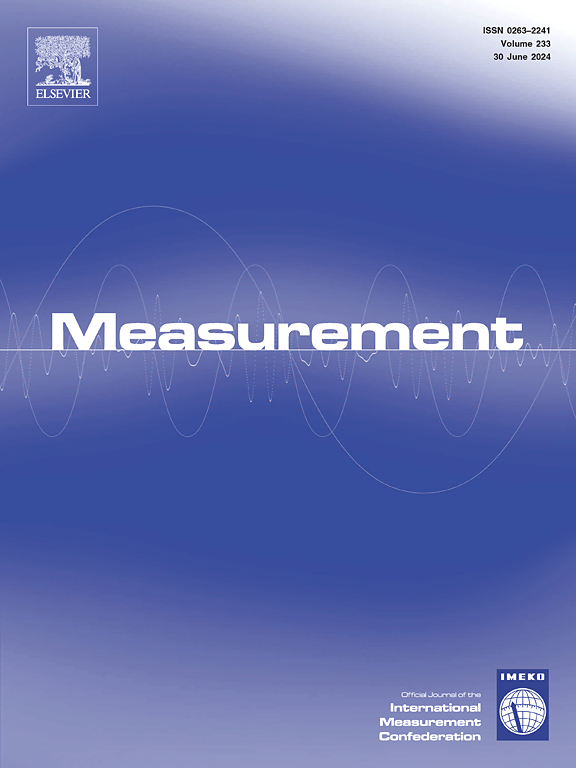基于视频的深度学习的三维人体工程学参数测量
IF 5.2
2区 工程技术
Q1 ENGINEERING, MULTIDISCIPLINARY
引用次数: 0
摘要
与捆扎式传感器或3D扫描仪扫描相比,通过拍摄单个人的视频来获得人体工程学参数无疑是最简单、最有效、最舒适的测量方法之一。本文提出了一种基于深度学习技术提取视频中人体关键点的人体工程学参数测量方法,目的是在简单硬件条件下实现高精度。提出了一种用于双目视频人体目标检测和关节点定位的YOLOv8-FSC-Pose网络模型。卡尔曼滤波对每帧中由于遮挡或噪声引起的结合点异常值进行补偿。然后利用优化后的DeepLabv3+语义分割网络,从目标区域提取完整精细的人体运动轮廓。我们从测量人体参数所需的轮廓中提取头和脚点。基于人体工效学原理,设计了具体的计算方法,通过分析人体关键点提取的三维坐标,确定行走高度、上肢和下肢活动范围(ROM)和步态参数。误差分析结果表明,该方法完全适用于复杂户外场景下人体参数的实时测量,具有实时性好、操作方便、精度高等优点。本文章由计算机程序翻译,如有差异,请以英文原文为准。
3D ergonomics parameter measurement using video-based deep learning
In contrast to strapping sensors or scanning with a 3D scanner, obtaining ergonomic parameters by taking a video of a single person is undoubtedly one of the simplest, most efficient, and most comfortable measurement methods. In this paper, we propose an ergonomic parameter measuring method based on extracting the keypoints of the human body in the video using deep learning techniques,aiming to achieve high accuracy under simple hardware conditions. A YOLOv8-FSC-Pose network model is developed for human target detection and joint point localization in binocular video. Kalman filtering compensates for joint point outliers caused by occlusion or noise in each frame. Then the optimized DeepLabv3+ semantic segmentation network is used to extract a complete and fine human motion contour from the target region. We extract the head and foot points from the contour required to measure human parameters. Based on ergonomic principles, we designed specific calculation methods to determine walking height, upper and lower limb range of motion (ROM), and gait parameters by analyzing the three-dimensional coordinates extracted from human keypoints. The error analysis results show that this method can fully apply to the real-time measurement of human parameters in complex outdoor scenes, with the advantages of good real-time, ease of operation, and high accuracy.
求助全文
通过发布文献求助,成功后即可免费获取论文全文。
去求助
来源期刊

Measurement
工程技术-工程:综合
CiteScore
10.20
自引率
12.50%
发文量
1589
审稿时长
12.1 months
期刊介绍:
Contributions are invited on novel achievements in all fields of measurement and instrumentation science and technology. Authors are encouraged to submit novel material, whose ultimate goal is an advancement in the state of the art of: measurement and metrology fundamentals, sensors, measurement instruments, measurement and estimation techniques, measurement data processing and fusion algorithms, evaluation procedures and methodologies for plants and industrial processes, performance analysis of systems, processes and algorithms, mathematical models for measurement-oriented purposes, distributed measurement systems in a connected world.
 求助内容:
求助内容: 应助结果提醒方式:
应助结果提醒方式:


